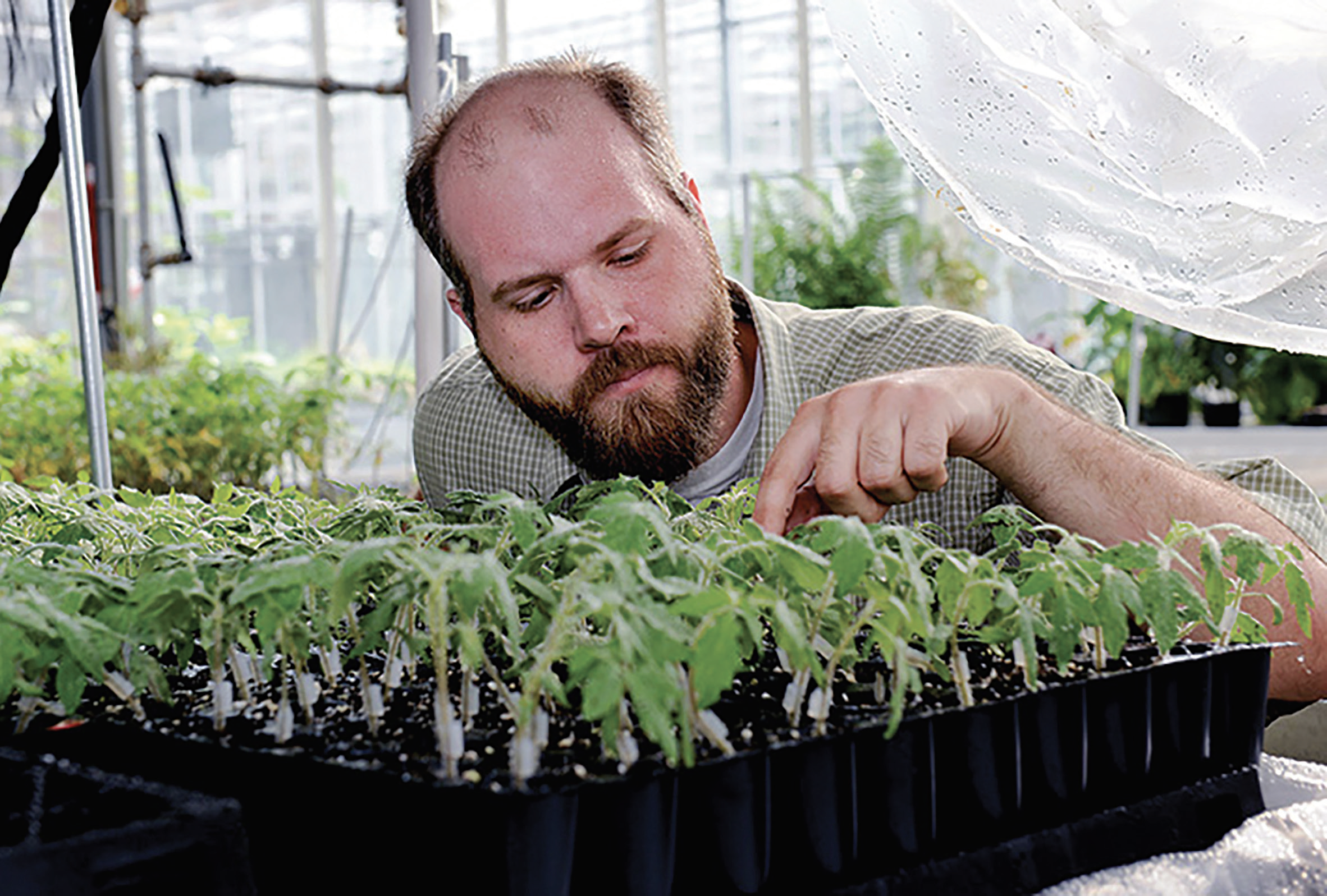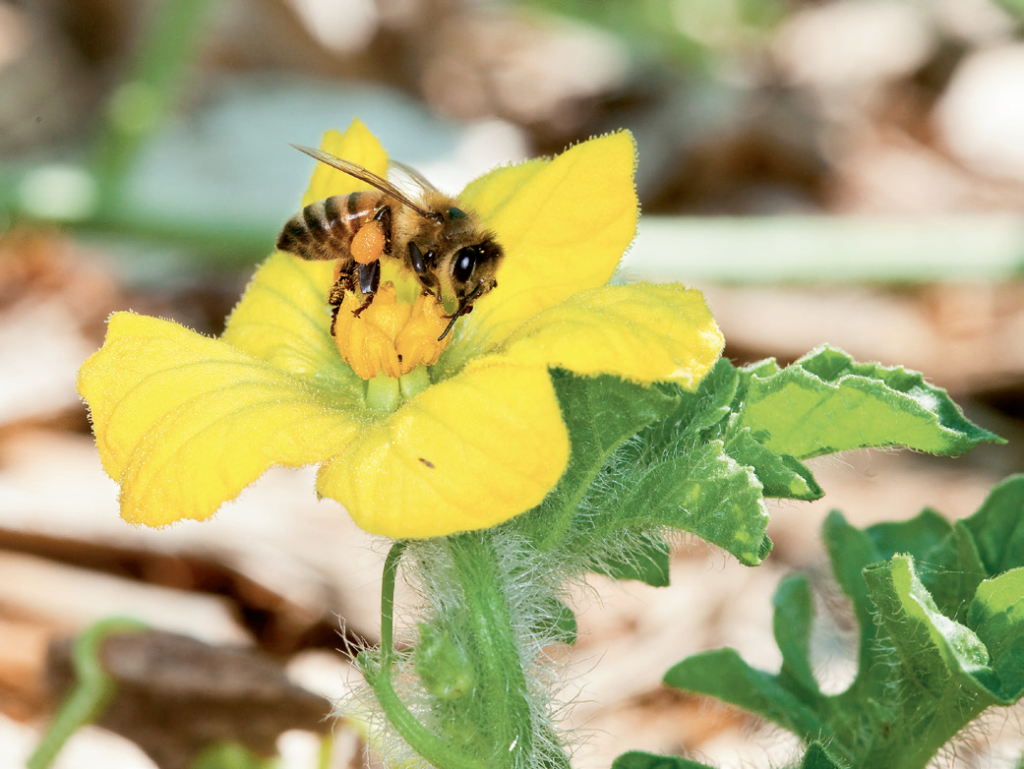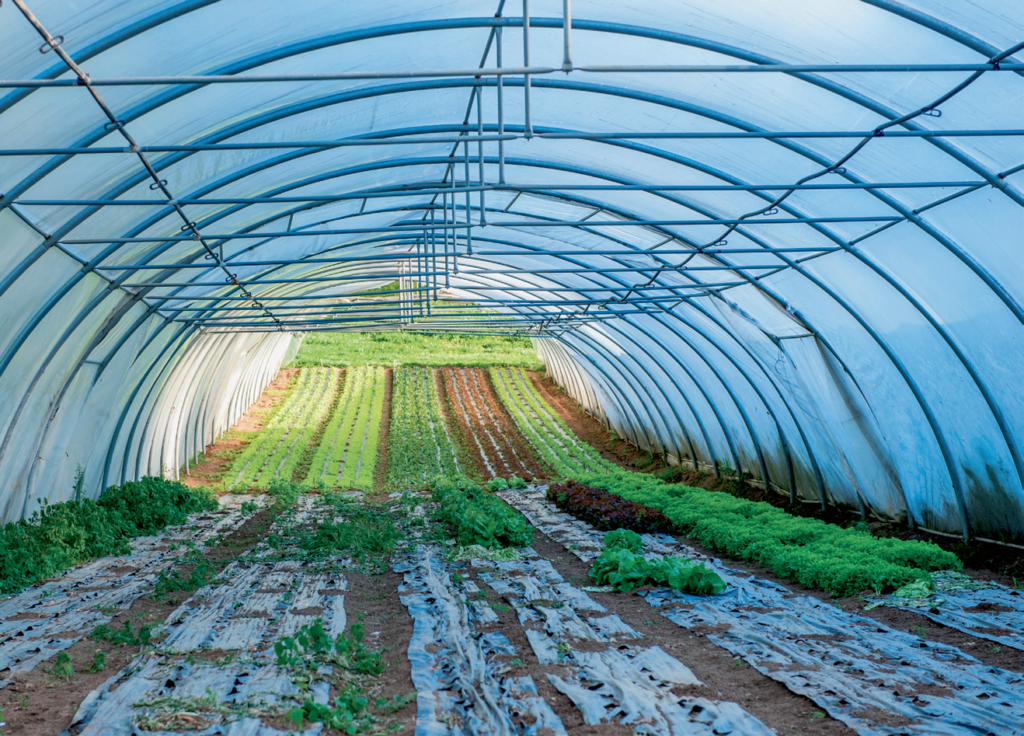
Dec 11, 2020
Multiyear rotation in high tunnels curbs soil pathogens
Tomatoes are the high revenue crop in high tunnels but growing tomatoes after tomatoes can build up soil pathogens and affect soil fertility. Carefully planned crop rotations can minimize these issues and provide long term benefits.
“A high tunnel is the most valuable acreage on the farm but it’s a long-term investment. Long term sustainability is an issue,” said Cary Rivard, associate professor and Extension specialist at Kansas State University (KSU).
Innovation is key to planning a rotation and diversifying crops, grafting, and selecting cover crops to match fallow periods are all part of the mix.
Grafting tomatoes with disease-resistant or disease tolerant rootstocks can offer some rotational benefit when alternated with susceptible cultivars. The goal is to keep the disease inoculum at low levels.
Cut flowers are a rotation option that’s short season and has a unique marketing window. “Their income is similar to tomatoes,” Rivard said.
KSU researchers gathered data on rotation crops not traditionally grown in high tunnels such as watermelon, strawberries and sweet potato slips.
Cucurbits like watermelon are a good option but take space and require a pollinator. “Space is a challenge with cucurbits,” Rivard said. Trellising can help with smaller cucurbits like cucumbers.

Indeterminate (day-neutral) strawberries produce all summer and into October. “We grow them as an annual in our system,” Rivard said.
The sweetpotato slips are grown to sell to other growers for transplanting.
Using this information, KSU researchers developed and evaluated a series of three-year rotations for tomatoes in high tunnels.
Two rotations were alternating tomatoes with grafted tomatoes or strawberries. Other rotations alternated tomatoes with shorter season crops like melons, brassicas or sweetpotato slips preceded or followed by a summer cover crop. In all of the three-year rotations, a winter green or overwintering cover crop was also used.
KSU researchers also used published, enterprise budgets to estimate the gross revenue per square foot of the rotation crops in their studies.
Tomatoes topped the list at $3.66 per square foot. A salad mix came in at $2.40 per square foot, bell peppers at $2.30, beets at $1.92, cucumbers at $1.62, lettuce at $1.30 and spinach at $1.09.
Strawberries came in at $1.76 per square foot, seedless watermelon at $0.89, and sweet potato slips at $4.30 per square foot.
“What we’re really trying to do is document opportunity,” Rivard said. “We’re trying to give growers the data they need to plan. We as researchers don’t have a good way to put a dollar value on the long term benefit to the soil.”

KSU also combined its crops grown in the three-year rotations into a six-year rotation with tomatoes only grown in one of the six years.
“If growers can put together a six-year crop rotation, that will be more sustainable in the long term,” Rivard said, with more diversified labor needs and less pest and disease pressure.
“Be proactive,” Rivard said. “Think about structuring your rotation for the long term and then tailor it to your situation.”
Planned rotations must be across entire plant families and not just species within a family.
There are several common vegetable families. The Solanaceae family includes eggplant, peppers and tomatoes. Beans and peas are in the Fabaceae family and the Cucurbitacae family includes vine crops like cucumbers, cantaloupe, watermelons, pumpkins and squash. Lettuce is in the Asteraceae family and Brassicaeae include crops like broccoli, cabbage, cauliflower, collards and radish. “You want to follow some basic principles of good rotation,” Rivard said.
Growing several crops in a high tunnel on a close spacing and rotating them can be effective since soil pathogens aren’t typically spread by air movement. “Most of these soil-borne pathogens don’t move that far in the soil in a high tunnel,” Rivard said.
The most common way soil pathogens are spread in a high tunnel is by contaminated tools which – as always – makes sanitation an issue.
Cover crops fit in a rotation during fallow times of the year. “Think about cover crops first as a partner for your cash crop,” Rivard said. “Plan your cash crop strategy and build your cover crop around the cash crop.” Cover crops in high tunnels perform similarly to cover crops grown in the field.
Growers targeting off season crops and the early season market may have a fallow season in the summer – after spring crops and before planting fall greens.
Millet, sorghum – sudangrass or buckwheat in combination with cowpea as a legume are good options for summer cover crops. “Have a termination plan,” Rivard said. Sorghum-sudangrass and millet can get really tall. “Buckwheat is good,” Rivard said. “It has a dense canopy and has flowers that are good for beneficials.”
Oilseed radish, oats, spring barley or millet in combination with cowpea are good options for a fall cover crop and will all winterkill.
Rye, triticale, or wheat combined with hairy vetch or Austrian winter pea are options for a cover crop that will overwinter in the central U.S. Austrian winter pea is probably a better choice for the winter legume because of hairy vetch’s growth habit and tendency to go dormant in cold temperatures.
A mix of legumes and grasses is best for a cover crop. “Grasses will pick up nitrogen in the soil and store it; legumes are going to fix nitrogen from the air,” Rivard said.
“The big factor is being proactive,” Rivard said. “Find your market, figure out something you can grow and sell, and build your rotation from there.”
Above: as a 2010 doctoral graduate of North Carolina State University’s Department of Plant Pathology, Cary Rivard’s research with Frank Louws helped popularize the use of tomato grafting as a propagation method in the United States. Photo: North Carolina State University






